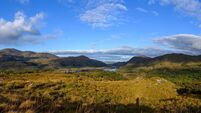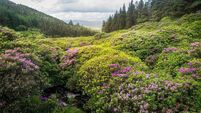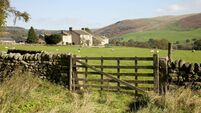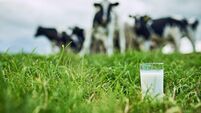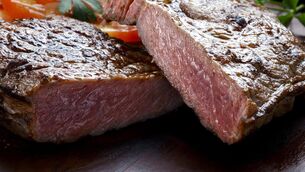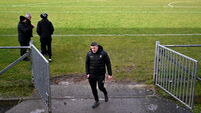The campaign to save the Barna Bog

Barna Bog as it is today. Picture: courtesy of Storied Kerry Turreencahill.
A community on the Kerry-Cork border is set to step up its campaign to have the 600-acre Barna Bog developed into a nature reserve.
The bog, which Bord na Móna operated between 1941 and 1984, is located close to Tureencahill, Co Kerry, and Ballydesmond, Co Cork, and employed up to 200 people during peak production.
It had its own three-mile internal light railway and a lighting system that facilitated nighttime working. Over 10,000 tonnes of turf were produced there in 1957.
Storied Kerry Tureencahill, a sub-committee of the local Community Group, recently launched a video and published a booklet about the site and those who were employed there over the years.
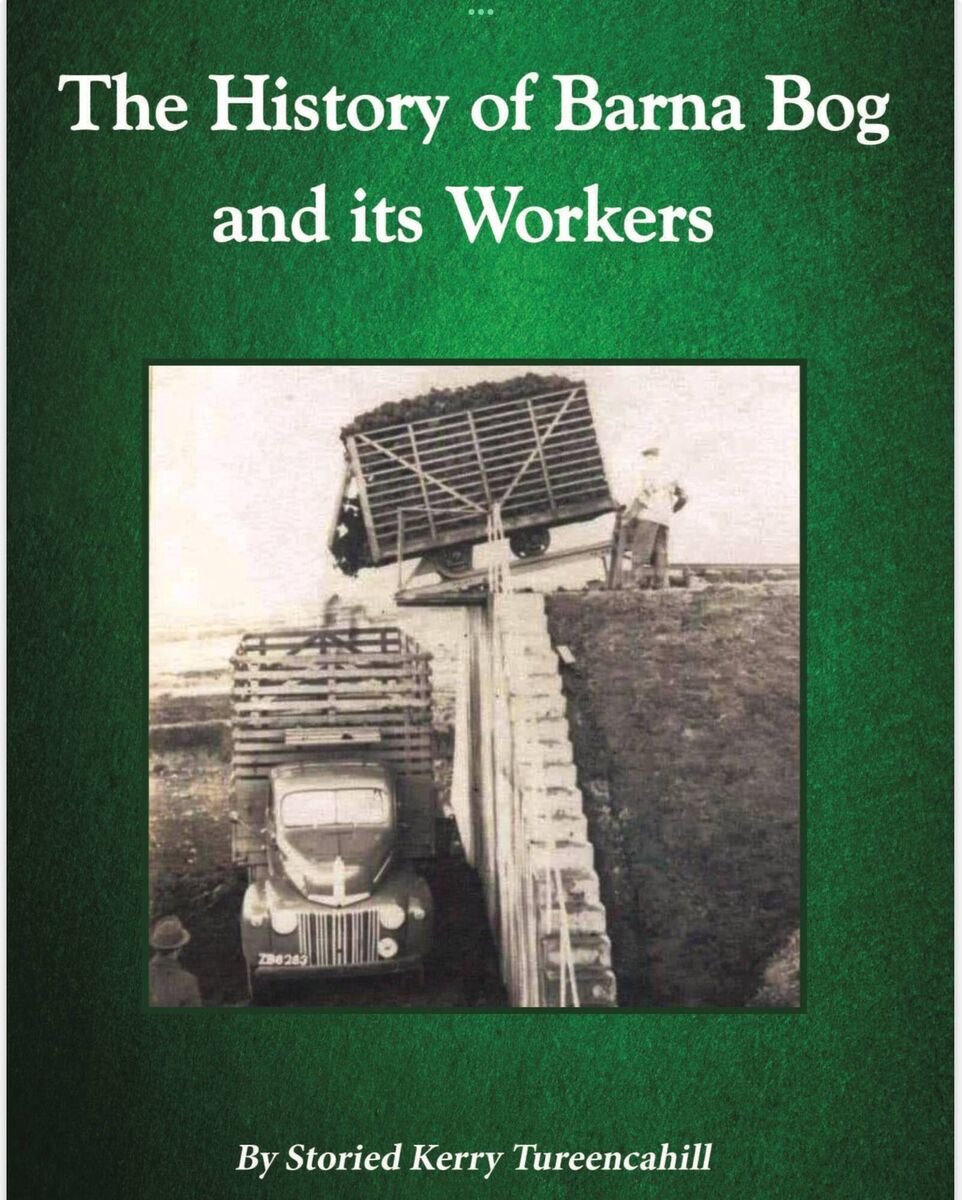
Barna Bog has a special place in the history and folklore of Sliabh Luachra as a place where people worked hard, shared a culture of music and storytelling and had an earthy lifestyle.
Big machines, flora and fauna, a weight bridge, tiny irritating midges, scurrying wildlife and Cork-Kerry football banter are all part of its story.
Occasionally, something out of the ordinary occurred there as it did in May 1963, a month before United States President John F Kennedy visited Ireland.
Workers saw a white UF0 object gliding through the air from the west and landing in a nearby field.
But it turned out to be nothing more lethal than a balloon that had been launched by Valentia Observatory to monitor the weather.
A prediction by a Traveller woman that a train would one day run through the bog is just one of many other enduring stories about the place and its workforce.
Many of these experiences were recorded for Stories Kerry Tureencahill through interviews conducted by Maurice Cronin, Bertie O’Leary and editor Amy Ni Riada.
Launched by Sliabh Luachra Journal editor Donal Hickey, the accounts also capture the infectious camaraderie of the workers and their families.
Ann Murphy, chairperson, Cathy Murphy, secretary, Bertie O’Leary, Joan Riordan, Margaret O’Leary, Maurice Cronin and Kathleen O’Callaghan comprised the committee behind the project.
“We thought it was important for the reader to gain a perspective and understanding of the significant impact Barna Bog had on our local community at a time of economic despair.
“It was the main source of employment in the area when at the time, emigration would have been the only other option,” the book’s preface explains.
Barna turf was deemed to be of high quality. Production in 1957 alone exceeded 10,000 tonnes, But the story is not totally about the past. It has also fuelled ideas for the future as the group’s mission statement outlines:
“With changed attitudes and changing times, there could be a future of a very different kind for Barna Bog.
“Gone are the days when bogs were regarded as sources of fuel, unprotected land fit only for forestry, and even dumps. Now, bogs are valued eco-systems and havens for nature and wildlife.
“Only a small proportion of the bogs that once dotted the countryside remain and determined efforts are being made — with European Union and Government funding — to save and protect what is left.
“In some parts of the country, bogs have been turned into nature reserves, visitor parks and amenities for local communities.”
Broadcaster Frank Lewis provided a platform on his monthly Saturday Supplement programme on Radio Kerry for the Tureencahill group to outline its vision for the bog.
A partnership of the local community, the National Parks and Wildlife Service, IRD Duhallow and Bord na Mona is the preferred local option.
Fenor Bog in Waterford, one of the few community-owned national nature reserves in Ireland with over 200 species of plant, bird, insect and animal, is seen as an example of what could be achieved.
The group is convinced that Barna would attract many forms of wildlife including various species of wild duck, other wetland birds as well as the extinction-threatened corncrake and the curlew.
Walks for the use of the public could be developed and there would also be educational benefits for the younger generation. The prospect of it becoming an Education Centre for Bogland Studies has been raised.
IRD Duhallow headed by chief executive, Maura Walsh, is now expected to intensify its efforts over the next eighteen months to have the bog developed into a nature reserve and visitor attraction.
The late Professor David Bellamy, the botanist and television presenter, and his wife Rosemary, may have visited Barna over 70 years ago as they spent their honeymoon traipsing around the bogs of Ireland from the Lakes of Killarney to Tullamore.
Bellamy returned to Tullamore in 2008 to address an International Peat Congress conference and re-visited Lough Boora, now one of the best-known nature reserves in the midlands.
He was delighted to see that the Offaly bogs alive again with hares and other species as local and national groups including Bord na Mona stitched “this great resource back into biodiverse working order.” The great bogs of Ireland, he said, had waited patiently for a new role in the sustainable natural history of Ireland.
Barna Bog now awaits its own future in that evolving story with the local campaigners noting with interest a recent Heritage Week statement by Minister of State Malcolm Noonan.
Bogs, he said, are an important aspect of the country’s natural heritage and have a vital role to play in addressing the biodiversity crisis.
